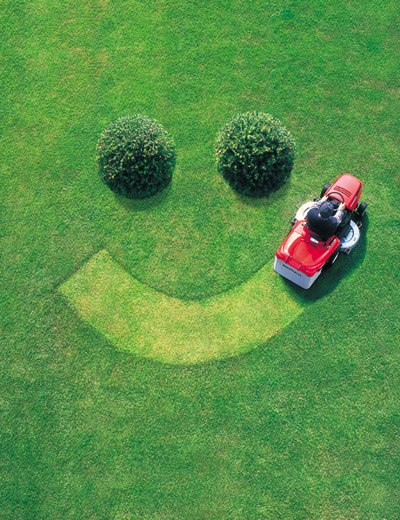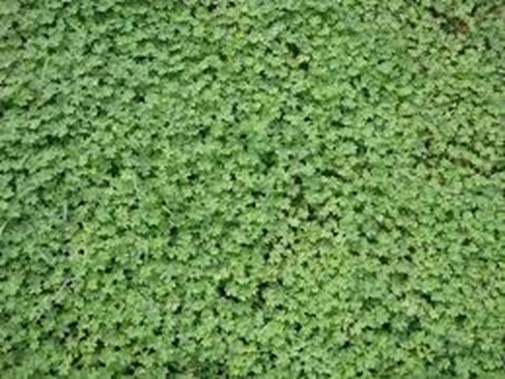Turf / Lawn

Specialty Seeds have the experience and expertise to help you create the perfect lawn for your unique situation. We can supply products or special turf seed mixes no matter whether it’s for your backyard lawn or a larger space like a sports ground.
Are you after a specific turf product or a special blend? Specialty seeds turf products are below but our Turf blends have their own special page here.
How to buy from us:
Should you wish to purchase any of our lawn products, firstly try out the new specialty seeds lawn seed ecommerce site below:
https://specialty-seeds-lawn-seed-garden-products.myshopify.com/
If the product you are after isn’t there please go to our contact us page send us an email http://www.specseed.co.nz/contact/
We will either direct you to your local re seller or if there is none in your area we can arrange for you to purchase directly from us.
Turf Ryegrasses:
Turf ryegrasses are quick and easy to establish. Turf perennial ryegrasses are bred to have a low growing habit and should not be confused with their pastoral (paddock) cousins. Also, they are selected for dark green colors, low inputs, disease resistance, very high density, and fine leaf texture. Turf ryegrasses are available as either long term (perennial) or short term (annual) options, that are extremely fast at establishing and therefore frequently used for over seeding where rapid transition is desired.
Turf Fescues
There are several different types of turf fescues available.
Chewing Fescue
Chewing fescues are very shade and drought tolerant and will stand close mowing. Chewing fescue is not quite as wear tolerant as other fescues but can be mown lower and prefers to grow on sandy soils of low fertility and high acidity. The predominant use of Chewing fescue grass seed is as an addition to other grass seed mixtures for better diversity.
Creeping Red Fescue:
Creeping Red Fescue is distinguished from other fescues in that it has a creeping growth habit and narrow needle shaped leaves that are deep green with a hint of red at the leaf base. It is often grown alone in shady places because it tolerates more shade than most other cool season grasses. Creeping Red fescue grass is one of the most widely used grasses in lawn mixtures. It is often put with tall fescue, and perennial ryegrass mixtures to improve the mixes overall shade suitability.
Hard Fescue
Hard fescue grass is indeed one of the “hardiest” of the fescues. It is a tufted type grass with narrow upright fine needle shaped leaves that are a beautiful blue-green colour. Hard Fescues tolerate adverse soil conditions and have better heat tolerance and have a high salt tolerance relative to the other fine fescues. Under stress Hard Fescue stays green for the longest period. Hard fescue is a little clumpier in form, so it doesn’t tolerate very low mowing like other fescues but is slower growing and requires less maintenance.
Tall Turf Fescue
The name tall fescue is misleading in that the modern tall fescue varieties are not tall but more dwarf-like in size. They are a cool season tufted grass with a very dark green narrow upright leaves that are a little more coarse than fine fescue but greener. Of all the fescues they have the deepest rooting system making it a little more drought tolerant, harder wearing and adaptive to a wide range of differing soil types. Tall Fescue is a little less tolerant of cold and shade than fine fescue varieties.
Browntop
Browntop is sometimes known as bent grass browntop is often mixed with turf fescues.
Browntop has a bluish green hue with short narrow leaf blades. It forms a dense sward when mown regularly it will survive mowing heights as low as 4mm making it a popular grass for golf greens, fairways, and tennis court mixes. Browntop is often mixed with turf fescues it has good drought and low fertility tolerance and is suitable for cooler climates.
Browntop can form a heavy thatch if not verticut or dethatched on a regular basis. This can be problematic in a home lawn if the dethatching equipment is not available.
Bermuda Grass
Bermuda Grass (sometimes called Couch grass) is a medium to fine textured grass that has a high tolerance for heat, drought and salt. It does not do well in shade and goes dormant in the winter. Bermuda Grass stands up to wear and recovers quickly during the growing period. It forms a very nice lawn when regularly mown at a height of approximately 20mm otherwise it can be very invasive and hard to manage. Like Kikuyu, Bermuda spreads by runners, both the runners and leaves are finer than Kikuyu. Kikuyu will stay green longer in the autumn, and green up earlier in the spring. It is more likely to stay green year-round in warmer or protected areas. It is reported that people can suffer an allergic reaction to Bermuda, yet this doesn’t seem the case with Kikuyu.
Kentucky Blue Grass
Kentucky Bluegrass (Poa pratensis L.) is a stiff erect, dark blue green coloured perennial that forms a dense mat. The leaves are strap like and as such are relatively coarse, flat and hairless. It is a rhizomotaceous plant that produces a dense sward as well as a dense root mat. The leaf tip forms a characteristic boat shape and has a distinctive keel.
The name is somewhat misleading as it originally came from Europe and was most likely brought to America by immigrants sometime after 1600. It derives its name from its seed-heads which turn a blue colouration if allowed to reach maturity. Legend has it that the Native Americans called it “white man’s track” because they found it wherever the white men had been and it is still a very popular lawn species in the north and eastern USA where it is commonly known as Meadow grass. It prefers hot dry summers and cool dry winters and as a result of its ability to go into dormancy when confronted with very cold temperatures it is well adapted to the climate of continental America.
This species has been the focus of American plant breeders since 1945 and many new and improved cultivars have been released to the market since that time. Generally, the concentration of this effort has been on improved colour and improved disease resistance. Historically, it has never been a particularly popular species in NZ because of a tendency to be prone to fungal disease in our humid and generally moist conditions. Common diseases of bluegrass leaf spot, crown rot and rust disease. However, disease resistance has been greatly improved in the latest cultivars. It does not perform particularly well in shady environments.
Other Turf Grass:
If its commercially available, we can get it for you:
Micro clover
Micro-clover’s miniature leaf size is less visible than the larger white clover leaf making it appealing to fastidious lawn-lovers who want to only see swaths of grass blades. Micro-clover performs well in sun as well as part shade areas.
Nitrogen is a key ingredient in lawn fertilizers and used to help grass grow. However, too much fertilizer can have negative environmental impacts. However, micro clover takes care that as the companion grasses are well feed with nitrogen which makes them look great.
Beautiful dark green colour the whole season as micro clover has a nice dark green colour, this gives the lawn the most beautiful darker green colour right from spring to autumn.
Improved drought tolerance micro clover has the effect that the soil is shaded a bit more and moisture is retained more in the dry summer. The deep green colour also sustains the overall lush appearance of grass through difficult drought periods.
Sow at 2-4 grams per sq metre.
Micro clover

Useful Downloads:
- Lawn Establishment Care Guide
- Common pest, weed, and disease problems in your lawn
- Seedbed Preparation for Bermuda Grass
Please do not hesitate to contact Specialty Seeds if you would like some help choosing the right product or turf blend for your property..
